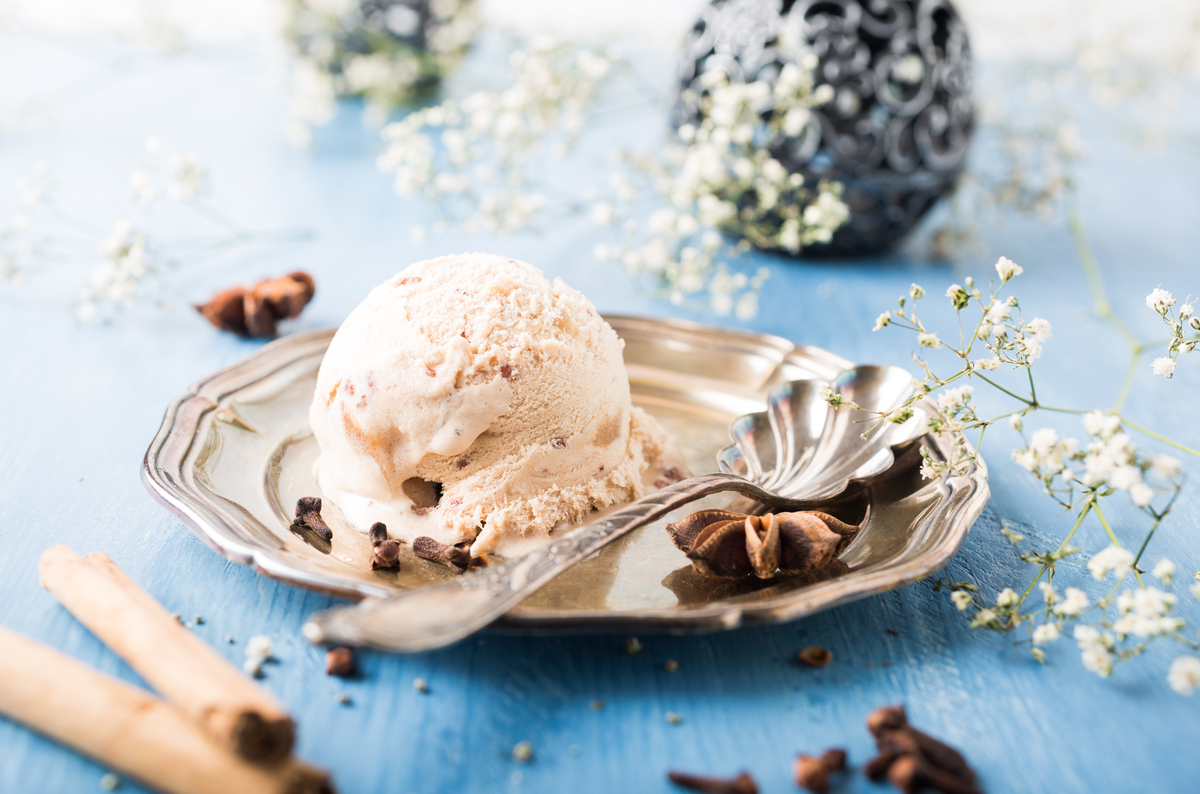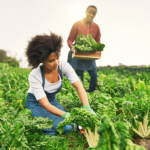
Upcycling Potential Waste : From Ice Cream to Pizza
- foodfightadmin
- June 24, 2023
- Food Waste, Hunger In America
- rsc pages, rscl
- 0 Comments
Transforming Leftovers into Culinary Masterpieces: The Rise of Upcycling in Food
At Tyler Malek’s ice cream venues, what is typically discarded becomes reimagined into delectable ice cream creations. The brains behind the falvors at Portland’s Salt & Straw, Malek began by utilizing leftover whey from New York yogurt makers to craft a unique lemon curd flavor. Next, he elevated hischocolate barley milk with residue rice and grains from beer production. As Malek aptly puts it, it’s not “food waste” but “wasted food” that we need to address.
This innovation positions Salt & Straw as a pioneer brand in the upcycling culinary movement, repurposing leftovers to produce premium products. This drive against waste has resulted in creative flavors like the “Cacao Pulp & Chocolate Stracciatella Gelato”, crafted using residual cacao pulp from chocolate-making. To promote and certify such endeavors, the Upcycled Food Association has introduced an official “Upcycling Certified” seal. Starting with only 30 products in 2021, this certification is now featured on 450 products, including those from Salt & Straw. The association’s CEO, Angie Crone, highlights how much food waste is a result of outdated criteria, “A lot of the food that is uneaten or thrown away in our supply chain is actually due to archaic cosmetic standards or sort of perceptions that what we think is edible or quality food,”
This spirit of upcycling isn’t confined to boutique ice cream parlors. Renewal Mill, an Oakland enterprise, repurposes byproducts from vegan milk into versatile kitchen staples like baking flour. They’ve introduced “okara flour” derived from soy milk pulp, which even finds its way into Salt & Straw’s “Salted Caramel & Okara Cupcakes.”
In San Francisco, Shuggie’s Trash Pie is redefining gastronomy by showcasing dishes crafted with upcycled ingredients. From pizzas topped with misshapen veggies to a standout beef heart meatball dish, they challenge conventions. As co-owner Kayla Abe points out, the idea isn’t about using rotten ingredients, but about reimagining an overproductive system that tends to waste too much.
In essence, this rise in food upcycling isn’t just about sustainability; it’s about taste, innovation, and crafting extraordinary experiences from the overlooked and underappreciated. More than 35 million tons (31 million metric tons) of food are wasted every year in the U.S. — about 40% of the country’s food production — costing the national economy more than $200 billion.








